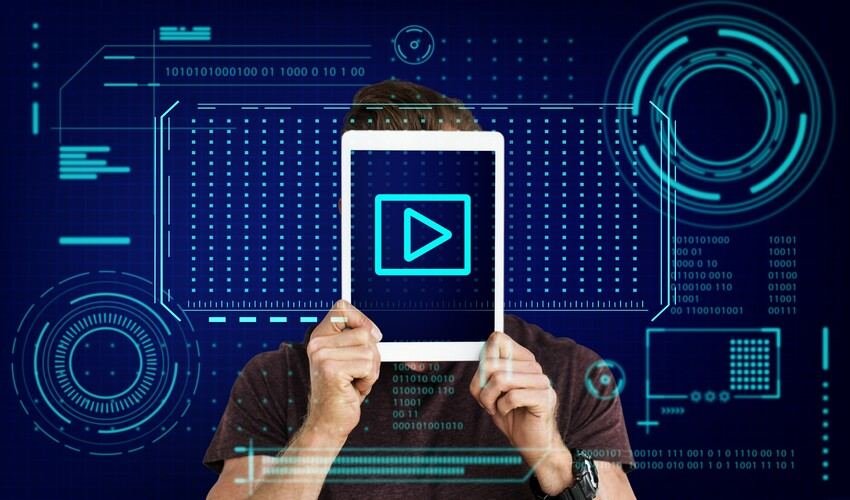Robots and robotic systems have slowly emerged as the next big thing in the last decade, and it has become apparent that robots are becoming the new norm for several applications. By 2024, robots will not remain just a form of industrial application but will be commonly used in almost all aspects of life, from healthcare to education and more. This article explores the key types of robots making significant impacts in our world today.
1. Industrial Robots
Manufacturers still primarily use robots because they are instrumental to their production line with laser-like accuracy that is hard for human beings to emulate. Compliant surgical robots can be classified into articulated, SCARA (Selective Compliance Assembly Robot Arm), and delta robots. They mainly apply to the automobile and electronic industries, mechanical series, and heavy metal industries. First, the flexibility of industrial robots is improved, meaning that the robots are more frequently equipped with sensors and vision systems to tackle complex tasks without endangering human lives.
2. Service Robots
Professionally and personally used service robots have made notable advancements and have been noticed to be in great use. Industrial/Medical-benefit service robots offer services such as public facility cleaning/cleaning of common areas, goods delivery, and surgery assistance. These robots have boosted health systems by accurately handling routine and sensitive operations during surgeries with less damage to the body tissues and the time that is taken to get back on your feet.
While industrial robots are programmed to work in industries like automotive manufacturing, assembly, and other highly productive processes, personal service robots are designed to serve basic home requirements such as cleaning floors, tending lawns, and performing companionship roles. Thanks to recent developments in these fields, these robots have improved greatly in how they interact with people, and so they are widely found in homes nowadays.
3. Agricultural Robots
Agrotechnology or robots refers to farming robots designed to engage in activities ranging from planting seeds, watering plants, reaping crops, and overseeing field environments. All these robots enhance the goal of attaining optimal efficiency and productivity in the stipulated processes with less dependency on actual people. Some examples of them are as follows: Drones are used for monitoring crops and spraying in farms, thus playing an important role in practices that involve precision agriculture and crop management.
4. Medical Robots
robots can be observed nowadays in some hospitals and clinics, and their popularity is constantly growing. It ranges from surgical robotics, rehabilitation robotics, and even telepresence robotics, giving doctors a way to communicate with patients while being socially distanced. Surgical robots ensure highly accurate operations, especially in operations like orthopedic and neurological surgery, among others, enhancing the operations significantly. Rehabilitation robotics systems are used in the patient’s rehabilitation process, especially after experiencing a physical injury, to enhance and encourage mobility through repetitive tasks and exercises.
5. Autonomous Vehicles
Self-driven cars, also called driverless cars, are robotic systems that transport passengers and cargo in a surrounding area without direct human input. These cars will probably start changing the manner of mobility in the cities by this year; thus, there will be a decrease in the number of traffic accidents and how traffic is managed. Apart from automobiles, this category comprises drones and unmanned aerial vehicles, commonly referred to as UAVs, for delivery or surveillance.
6. Social Robots
These are robots that are programmed to initiate social communication, possess patterns of social behaviors, and respond to human communication. These robots are employed in companies to work in customer relations, educate, or act as personal aides. As a result, they are outfitted with natural language processing and emotional intelligence that would help address users in a brand-new, more empathetic way.
7. Humanoid Robots
Of all the categories of robots, the most mind-boggling type is the humanoid robot, which emulates a human’s physical structure. By 2024, these will be employed in human interaction services, pediatric and gerontology help in therapies, and for hazardous situations where people cannot or should not go, like disasters and hazardous industries. This is because, like humans, they can easily move from one place to another and can handle objects similarly to humans in the same environment.
8. Swarm Robots
Swarm robotics is based on the model, mimicking insects such as ants and bees. These robots are small and, in a way, intelligent enough to function in mass for a single big problem. Some uses are for tracking the environment, surveillance and rescue, and farming, amongst other uses. The strength of drones is that they can work together, survey large territories, and refrain from conducting reconnaissance, risking human lives.
9. Exoskeletons
Exoskeletons are wearable devices that augment a human being by providing extra power and stamina needed to perform various tasks. They are widely worn in physical therapy and among people who are engaged in lifting heavy objects and performing other dangerous jobs. In military applications, exoskeletons are also used to improve the performance of soldiers in the combat zone.
10. Nano Robots
Nanorobots, or nanobots, are small robots that can effectively function at the cellular level. They are employed mainly in medicine to deliver drugs to certain targeted cells in the body or to perform several nano-surgical operations. They may be used to deliver and apply medicine directly to affected areas in the body, resulting in fewer side effects.
Conclusion
The discoveries derived from the year 2024 depict the world of robotics as a hadron of technological infiltration and new ideas in deployment throughout the globe. In this research on how Anthropomorphic Robots Are Becoming An Inseparable Part of Human Life, the writer discusses why and how robots have become an inseparable part of people’s lives. Rather, recognition of the various types of robots and the tasks they can perform helps to reveal the current state of developments and explores the imaginations about future advancements in the field of robotics. To be sure, the technologies keep on developing and giving an indefinite order of possibilities for expanding the use of robots.
Read Dive is a leading technology blog focusing on different domains like Blockchain, AI, Chatbot, Fintech, Health Tech, Software Development and Testing. For guest blogging, please feel free to contact at readdive@gmail.com.





